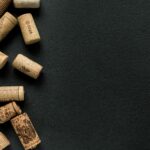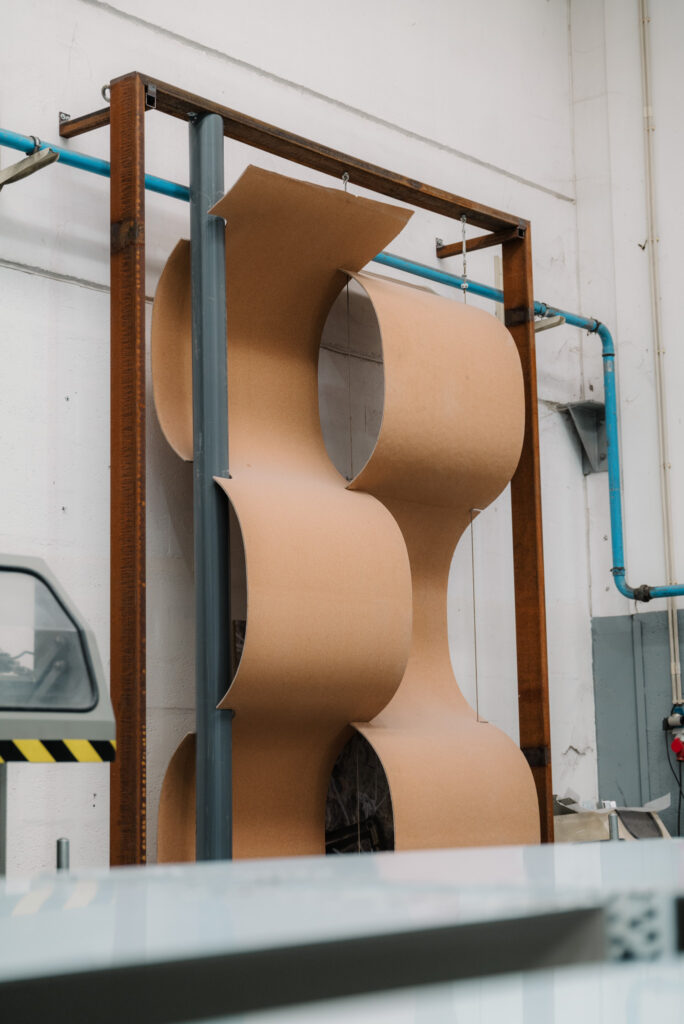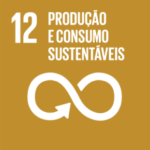
In Porto, 50 collected cork stoppers give life to a tree
The recycling of the stoppers avoids the release of the gas into the atmosphere and allows the CO2 retention capacity of the cork to be
We didn't find any happenings mapped to your criteria.
Try the traditional search to find articles not yet mapped with RUA.
We didn't find any happenings mapped to your criteria.
Try the traditional search to find articles not yet mapped with RUA.
We didn't find any happenings mapped to your criteria.
Try the traditional search to find articles not yet mapped with RUA.
We didn't find any happenings mapped to your criteria.
Try the traditional search to find articles not yet mapped with RUA.
Until the end of November, eight architectural and design installations in public spaces by world-renowned architects and designers are on show in Belém and Trafaria. The public is invited to an immersive experience, interacting with the exhibits and discovering the potential of one of nature’s most sustainable materials, cork.
City Cortex is launched, the pioneering cultural research program that mobilized seven internationally renowned architects and artists – Eduardo Souto de Moura, Elizabeth Diller, Dominic Leong, Gabriel Calatrava, Jessica Walsh, Stefan Sagmeister and Yves Béhar – to build the cities of the future. Sustainability was a premise in this creation, which includes original projects for public and semi-public spaces, always using cork as a raw material.
City Cortex is produced by Corticeira Amorim, with production support from Artworks, curated by Guta Moura Guedes and developed by experimentadesign.
The eight creative City Cortex proposals inaugurated are installed in the riverside areas of the north (Belém) and south (Trafaria) banks of the Tagus, creating an open-air museum where cork stands out in the public space.

Through an immersive experience, the public is invited to learn about the different approaches, as well as to experience, interact with and discover the countless potentialities of cork. Guided by the map available on the City Cortex website, the experience can begin either in Belém or Almada, where “Onda“, by Gabriel Calatrava – Collaborative Architecture Laboratory, creates a leisure space in Trafaria and, in partnership with EDA – Ensaios Diálogos Associação, invites the public to share chairs they have stored and unused, rehabilitating them with cork and making them available in the exhibition space. A participatory action by the local community that promotes reuse and recycling.
The remaining seven pieces are installed in Belém, namely “Second Skin” (Diller Scofidio Renfro), which promotes an open-air community library built on trees, “Life Expectancy” (Stefan Sagmeister), which rehabilitates the pedestrian tunnel leading to the Monument to the Discoveries and praises the positive achievements of the human race, “Conversadeira II” (Eduardo Souto de Moura), a public seat that invites an intimate conversation between two people, as well as the series “Cork Bottles” (Jessica Walsh), a solution with a sense of humor to reduce noise inside a restaurant or other public/semi-public space, by inverting the materials, with glass taking the place of the cork and cork taking the space previously allocated to the wine in the bottle, “Humpbacks” (Stephan Sagmeister), which develops an ecological floating mattress made from cork spheres, taking advantage of the material’s floating properties. The colors used are intended to raise public awareness of the threats to the growing global population of humpback whales in the western South Pacific, and to encourage more sustainable habits. It also matters to get to know “Port_All” (by Yves Béhar), inspired by the Belém Tower, built in 1519, and proposes a moment of transition that reinforces the idea of welcoming that so well defines the profile of the Portuguese capital. And finally, “Lily Pad” (by Leong Leong), which, inspired by the idea of the city as a recreational space, uses a natural agglomerate of cork to create sculptural elements that define a new micro-urban landscape for an audience of all ages, proposing a new sensory landscape, open to experimentation.
Guta Moura Guedes recalls that “City Cortex uses one of the sustainable materials that most characterizes our social, economic, environmental and cultural landscape – cork, offering citizens 8 installations designed to improve public and collective space.


The recycling of the stoppers avoids the release of the gas into the atmosphere and allows the CO2 retention capacity of the cork to be

This article promotes an action that encourages the reduction of waste generation through prevention, reduction, recycling, and reuse.
➡️ To discover more businesses that are aligned with Sustainable Development Goal 12 “Sustainable Production and Consumption” click here.
➡️ For news, tips and interviews about this topic, click here.
➡️ Want to know more about the 17 United Nations Sustainable Development Goals? Click here
Esta publicação também está disponível em:
![]() Português (Portuguese (Portugal))
Português (Portuguese (Portugal))

